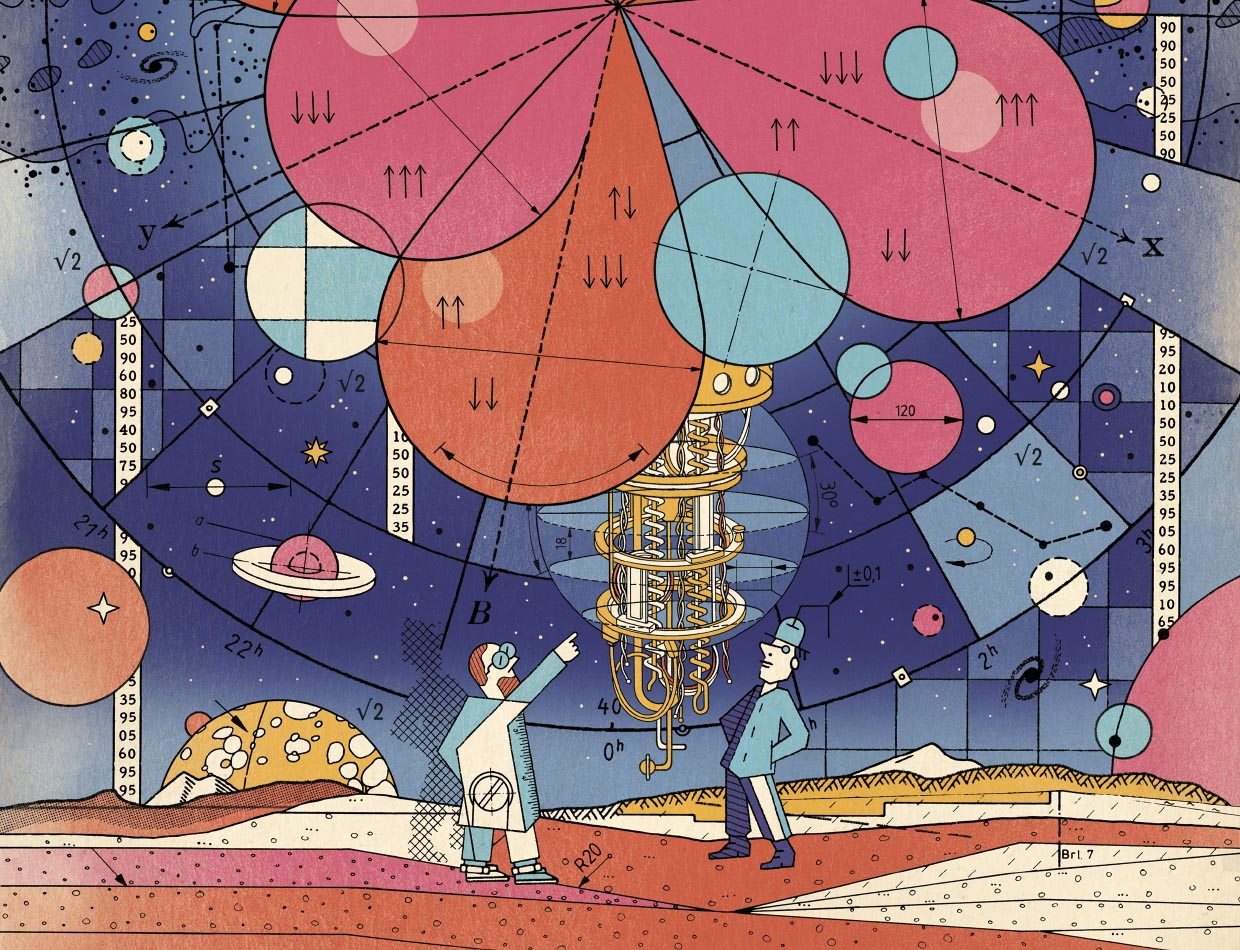2020 was a year characterized by uncertainty, despair, and drastic change. However, several scientific and technological achievements provide hope for the future.
Google stakes its claim on quantum supremacy
Google’s quantum computer, Sycamore, is the first instance of such a device outcompeting a classical computer. While a classical computer reads information as ‘bits’ valued at 0 or 1, a quantum computer’s “qubits” can exist as both 0 and 1 at the same time, allowing for more data processing. Google announced that Sycamore performed a calculation in three minutes and 20 seconds that would otherwise have taken the most advanced classical computer 10,000 years. The applications of quantum computing are limitless, ranging from drug development to accurate weather forecasts to identifying which exoplanets likely harbour life. Although we may be five to 10 years away from having quantum computers that are useful for applications like these, Google’s achievement is proof that such a future is possible.
Cave excavations push back arrival of first humans in the Americas by 15,000 years
New research published in Nature shows that humans may have arrived in the Americas as early as 30,000 years ago—15,000 years earlier than current estimates. After painstaking excavations of the Chiquihuite Cave in Mexico, archaeologists uncovered nearly 2,000 stone tools and charcoal bits dating back 30,000 years. Further DNA analysis of the cave sediment, composed of plant and animal remains, corroborates these findings. The discovery challenges the commonly held theory that the Clovis people were the first inhabitants of the Americas 15,000 years ago. However, identifying factors of these mysterious early inhabitants, such as human DNA, were not found, suggesting they did not stay in the cave for long.
CRISPR-Cas9 edits genes in the human body
Doctors performed the first gene editing project in the human body using CRISPR-Cas9, a genome editing tool that can remove, add, or change parts of an organism’s DNA sequence. The CRISPR method is based on a natural mechanism bacteria use to protect themselves from viral infections. Previous methods involved editing the genome after extracting DNA from the body. The treatment was administered to a patient with Leber’s Congenital Amaurosis, an inherited form of blindness caused by a genetic mutation. Scientists deleted the harmful mutation by making two cuts on either side of the gene and allowing the ends of the DNA to reconnect. Although the patient’s vision showed some improvement, scientists are hopeful that further research into gene editing technologies will allow a permanent fix. This is one of many development efforts to use CRISPR-Cas9 technology to treat different diseases.
Anti-aging drugs: Senolytics
Growing old is a fight that many of us resist, but cannot win. Anti-aging drugs called senolytics could potentially delay aging and treat a number of associated diseases, although they do not prolong one’s life. In the body, cells that are damaged beyond repair enter a senescence phase in which they stop dividing and begin programmed death. However, sometimes senescent cells resist their fate, build up in our bodies as we age, and seriously harm surrounding cells. Scientists believe that they are linked to diseases caused by aging and that targeting these cells using senolytics could be the solution. Anti-aging drugs entered human trials in 2020 and are predicted to become available in less than five years.
Virti: Training surgeons and front-line workers using virtual reality
Virti is an immersive video platform that allows users to visualize a high-stress situation in virtual reality in order to train one’s decision-making skills under pressure and access real-time feedback. As part of efforts to mitigate the spread of COVID-19 this year and help train clinicians while avoiding in-person contact, Vitri designed an AI-powered “virtual patient” that can role play life-like scenarios. Their COVID-19 modules also teach frontline workers how to put on personal protective equipment, administer treatments, and ventilate patients. A company study by Virti found that their approaches increase knowledge retention by 230 per cent compared to training in person.









